Died 720 AD, Damascus, Syria Rank General Place of burial Damascus, Syria | Name Tariq Ziyad | |
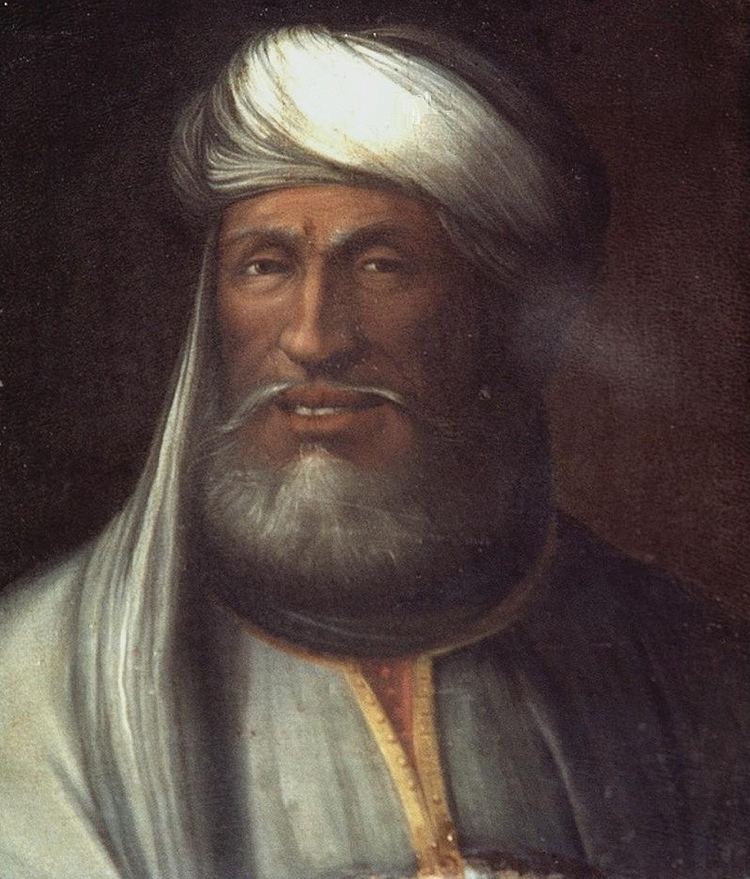 | ||
Similar People Roderic, Uqba ibn Nafi, Yusuf ibn Tashfin, Hendrick Cornelisz Vroom | ||
Other work Governor of Al-Andalus | ||
Prayer of tariq ibn ziyad hd
Ṭāriq ibn Ziyād (Arabic: طارق بن زياد) was a Berber Muslim commander who led the Islamic Umayyad conquest of Visigothic Hispania in 711–718 A.D. Under the orders of the Umayyad Caliph Al-Walid I he led a large army and crossed the Strait of Gibraltar from the North African coast, consolidating his troops at what is today known as the Rock of Gibraltar. The name "Gibraltar" is the Spanish derivation of the Arabic name Jabal Ṭāriq (جبل طارق), meaning "mountain of Ṭāriq", which is named after him.
Contents
- Prayer of tariq ibn ziyad hd
- Tariq ibn ziyad and the liberation of spain
- Origin
- History
- Speech
- Literature
- References
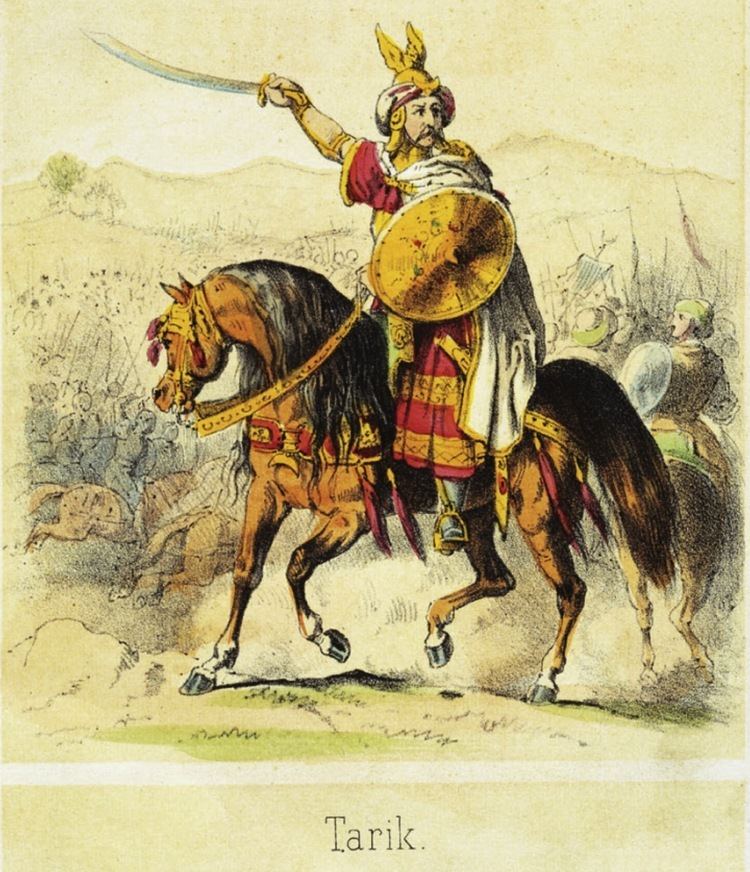
Tariq ibn ziyad and the liberation of spain
Origin
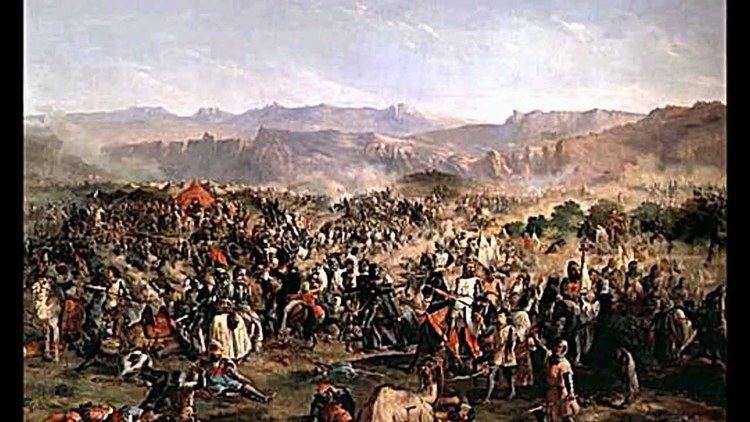
Medieval historians give little or no information about Ṭāriq's origins or nationality. Ibn 'Abd al-Hakam, Ibn al-Athir, Al-Tabari and Ibn Khaldun do not say anything on the subject, and have been followed in this by modern works such as the Encyclopedia of Islam and Cambridge History of Islam. There are three different accounts given by a few Arabic histories which all seem to date from between 400 and 500 years after Ṭāriq's time. These are that:
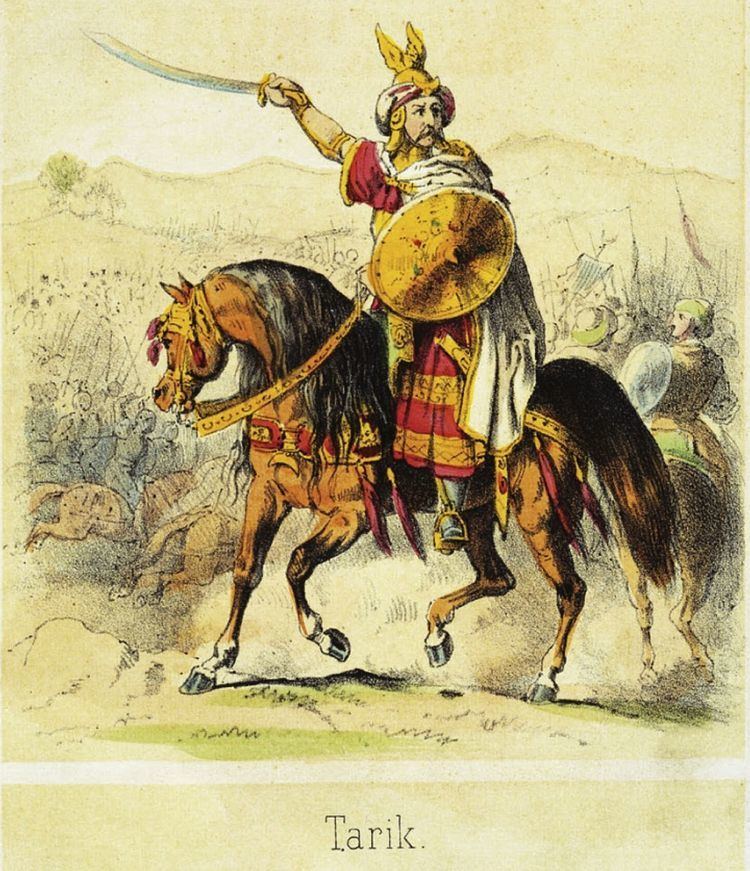
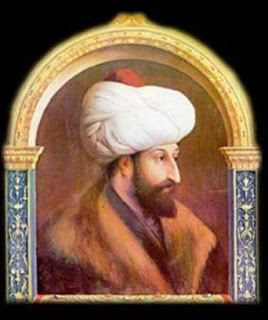

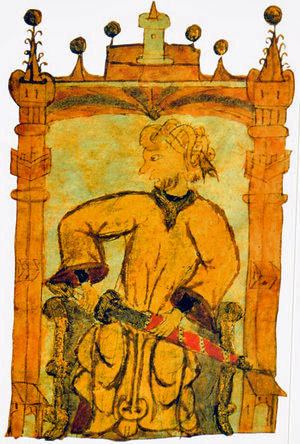
Most historians, Arab and Spanish, seem to agree that he was a slave of the emir of Ifriqiya (North Africa), Musa bin Nusayr, who gave him his freedom and appointed him a general in his army. But his descendants centuries later denied he had ever been Mūsā's slave.
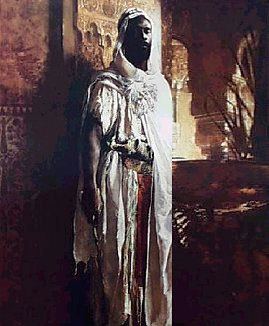
The earliest reference to him seems to be in the Mozarab Chronicle, written in Latin in 754, which although written within living memory of the conquest of Spain, refers to him erroneously as Taric Abuzara.
Ṭāriq's name is often associated with that of a young slave girl, Umm Ḥakīm, who is said to have crossed to Spain with him; but the nature of their relationship is left obscure.
History
Musa bin Nusayr appointed Ṭāriq governor of Tangiers after its conquest in 710-711, but an unconquered Visigothic outpost remained nearby at Ceuta, a stronghold commanded by a nobleman named Julian.
After Roderic came to power in Spain, Julian had, as was the custom, sent his daughter to the court of the Visigothic king to receive an education. It is said that Roderic raped her, and that Julian was so incensed he resolved to have the Muslims bring down the Visigothic kingdom. Accordingly, he entered into a treaty with Ṭāriq (Mūsā having returned to Qayrawan) to secretly convey the Muslim army across the Straits of Gibraltar, as he owned a number of merchant ships and had his own forts on the Spanish mainland.
About April 29 711, the army of Ṭāriq, composed of recent converts to Islam, was landed at Gibraltar by Julian.
Ṭāriq's army contained about 7,000 Berber horsemen, and Mūsā is said to have sent an additional 5,000 reinforcements after the conquest. Roderic, to meet the threat of Berbers, he assembled an army said to number 100,000. Most of the army was commanded by, and loyal to, the sons of Wittiza, whom Roderic had brutally deposed. Ṭāriq won a decisive victory when Roderic was defeated and killed on July 19 at the Battle of Guadalete.
On the advice of Julian, Ṭāriq split his army into various divisions which went on to capture Córdoba, Granada and other places, while he remained at the head of the division which captured Toledo and Caracca, subsequently re-named Guadalajara. Ṭāriq was de facto governor of Hispania until the arrival of Mūsā a year later.
Both Ṭāriq and Mūsā were simultaneously ordered back to Damascus by the Umayyad Caliph Al-Walid I in 714, where they spent the rest of their lives. In the many Arabic histories written about the conquest of southern Spain, there is a definite division of opinion regarding the relationship between Ṭāriq and Musa bin Nusayr. Some relate episodes of anger and envy on the part of Mūsā, that his freedman had conquered an entire country. Others do not mention, or play down, any such bad blood. On the other hand, another early historian al-Baladhuri (9th century) merely states that Mūsā wrote Ṭāriq a "severe letter" and that the two were later reconciled.
Speech
The 16th-century historian Ahmed Mohammed al-Maqqari, in his The Breath of Perfume, places the following speech to the troops in Tariq's mouth before Guadalete:
